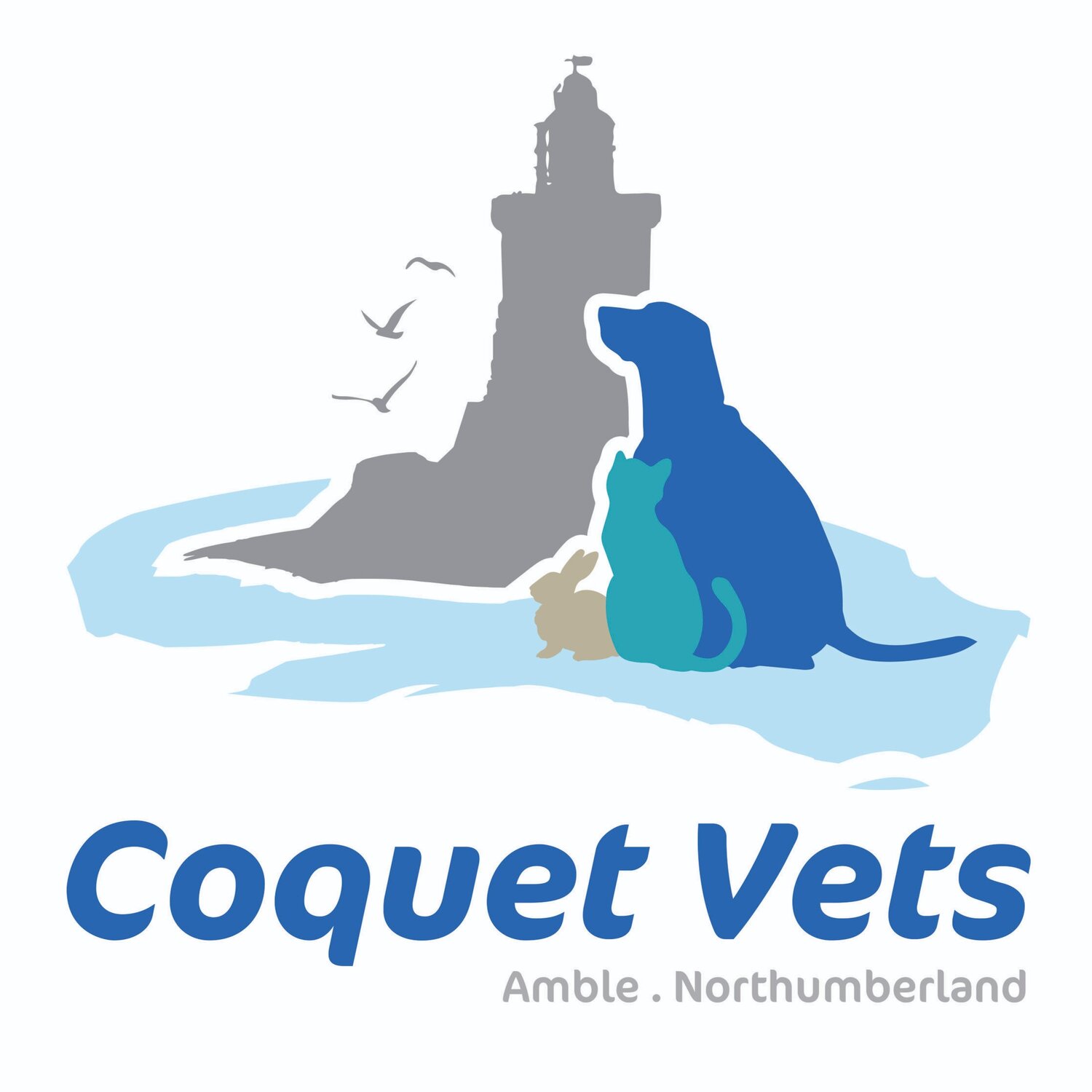The Danger Of Bones to Pets
4th December 2020 | Written by the team at Coquet Vets
Why are bones dangerous?
We have this conversation within our clinic on a daily basis as we believe it’s important to know the potential risks associated with feeding your pets bones. We are aware that many people feed bones on a regular basis and have had no issues, but it’s important to know that this might not always be the case.
As bones are generally a natural part of most carnivore’s diets many people assume that bones are good for our pets to eat. However, feeding bones to our pets can unfortunately lead to potential issues. As vets, we aim to prevent animals needing to be seen by us. so before you feed your pet a bone (because you always have and it’s never been an issue) have a read of the reasons why we advise against it.
Potential hazards to consider
Let’s think about the potential hazards from ‘top to toe’:
Mouth
Bones are extremely hard and chewing and eating them can lead to dental fractures. Enamel is the hardest material in our bodies but unfortunately if damaged it does not regenerate. As we all know a fractured tooth is extremely painful and needs treatment. In many cases in dogs and cats fractured teeth need to be extracted.
Throat
Bones and the cartilage that are often still present on the end of bones are a choking hazard. This is especially true if the dog eats it too quickly. Pieces can become lodged in the back of the throat and occasionally the trachea (windpipe). If this is a complete obstruction, it could occlude your pet’s airway meaning they are unable to breathe. If this occurs, it is essential that you get to your vets as quickly as possible so an airway can be established.
Digestive tract (stomach and intestines)
Ingestion of bones of the wrong size and shape can lead to obstructions of the digestive tract - this can be from the oesphagous (food pipe), stomach, small and large intestine, and the rectum. Depending on where the obstruction occurs will depend on how it is treated, but in many cases invasive surgery is necessary.
Occasionally, the bones can puncture the stomach or intestines, this in turn will lead to bacterial infections within the abdomen (peritonitis), which can be difficult to treat and in some cases this can be fatal.
We see constipation regularly in dogs that have a high bony content to their diet, this can generally be treated medically but occasionally sedation and manual evacuation is necessary.
For the festive season, it’s worth thinking about where you store your turkey. If you leave a turkey out on the worktop don’t assume that your dog can’t get to it; always make sure it is well out of reach and never leave bones in a kitchen bin where the dog can access them.
Summary
In summary, there are many reasons why we advise not to feed whole bones to your pets. Please consider the potential risks to your pet before you feed bones to them.
If your dog does accidentally eat cooked bones or starts vomiting or becoming unwell after being fed bones, then please phone the surgery on 01665 252250 for advice.



